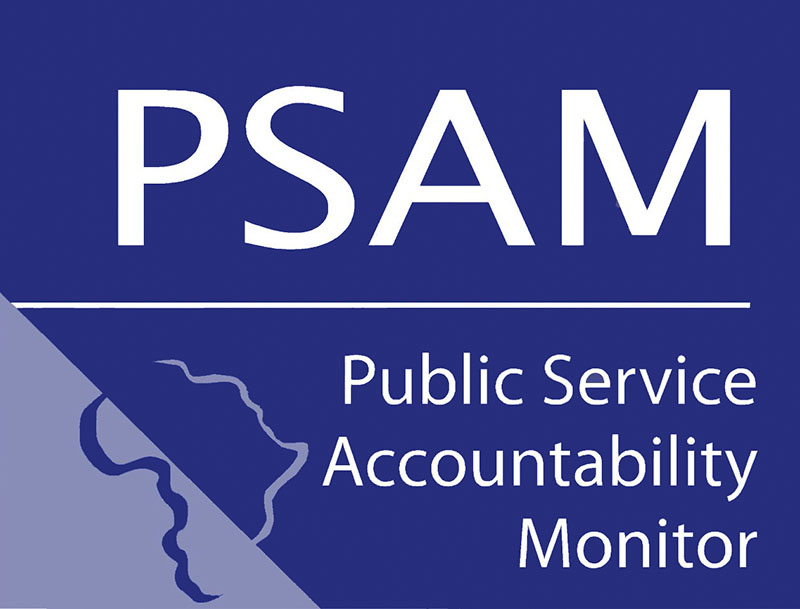IS AN ASSURANCE TO ATTEND TO HEALTH ENOUGH?
By TLAMELO M MOTHUDI
On 20 June 2019, the President delivered his State of the Nation Address (SONA) in which he not only opened Parliament but also addressed the world on the status of the nation and reported on his administration’s agenda and priorities for the upcoming financial years. This year’s theme for the SONA was “Following up on our commitments to the people: Making your future work better” – a theme we hope will be followed by action.
The President outlined seven priorities for the sixth administration, along with five fundamental goals for the next decade. In naming health as one of the seven priorities, the President outlined that the health of the people must be attended to to improve the quality of lives of South Africans, to reduce poverty and to strengthen the economy. Healthy members of society are happy and productive, which in turn guarantees a more economically productive society.
The President making health a priority is welcomed.
Of significance, however, is the actual implementation of strategic plans and budget execution to reflect this priority.
Health can no longer be considered a burden or fiscal constraint in South Africa. Rather it must be looked at as a mechanism in which sectors of the country can be improved because the benefits of a healthcare system that is fully functional far exceeds the costs. One needs to simply consider the savings of averting illnesses, disease and hospitalisation to appreciate the extent to which the benefits outweigh the costs.
In his SONA address, the President rightly outlined concern around the rising HIV infection rates, especially in women between the ages of 15 and 24 years of age.
In South Africa 7.52 million people were estimated to be living with HIV in 2018, with the highest burden of tuberculosis (TB) and an estimated TB incident of 322 thousand cases of active TB. These numbers show an urgent need for measures to ensure that there is continued education about HIV/Aids and TB, that there are more procedures taken to establish testing sites in the rural areas of South Africa where populations live more than 20 km’s from a clinic or hospital and that measures are implemented to retain people on ARVs to prevent the transmission of HIV.
In implementing the 90-90-90 strategy to end HIV as a public health threat, which includes increasing the number of people on treatment by at least another 2 million by December 2020, a strategy is needed to address the capacity of clinics and hospitals. There needs to be research conducted on how to improve service availability at a primary healthcare level. Primary health care is the closest link to the community and as such, the best avenue to respond to the healthcare needs of the community in preventing further ill health.
South Africa faces the challenge of inadequate numbers and poor distribution of health workers and this affects the rural provinces in the country the most. In ensuring access to healthcare services in South Africa, committed and qualified staff-including doctors, nurses, pharmacists, pharmacy assistance, community health workers, lay counsellors, peer educators, security guards, porters and cleaners are essential. This will prevent the continuation of concerns raised by the president in his 2019 SONA address of a “grandmother spending the whole day in a queue waiting for medication or patients being turned away due to lack of nurses or doctors to assist” [sic].
The quality of any policy depends on how well it can be implemented. How well it can be implemented must be tested against whether it’s transparent and encourages citizen participation for purposes of accountability, whether it’s efficient, whether it’s suitable to achieve the overall policy aim and whether the society for the benefit of which its implemented, have bought into the policy. It is against these standards that the National Health Insurance (NHI) should be tested.
For instance –in considering the Emergency Medical Service (EMS) regulations, South Africa is failing to meet its rural and urban response time targets. To ensure that an unborn child is not placed at risk due to an ambulance failing to arrive -there must be strict compliance with EMS regulations, national response time standards and ambulance per population ratios. This necessitates critical intervention into the administration of health services. It is evident that the problems are systemic in nature and call for decisive, accountable leadership at all levels. This includes the sound financial management of the EMS programme at a national and provincial level.
President Ramaphosa’s promises outlined in his 2019 SONA address must be complemented by detailed plans by Minister Zweli Mkhize and in turn by the MECs of all nine provinces.
How well a country is doing democratically is reflected in the health of its people. At this point in South Africa’s democracy, considering its history, which was briefly alluded to during the President’s 2019 SONA address, actions speak louder than words.
Tlamelo M Mothudi is a Health Researcher : Public Service Accountability Monitor (PSAM), School of Journalism and Media Studies
046 603 8828/ 071 256 8254
16B Prince Alfred Street, Grahamstown, 6139
PO Box 94, Grahamstown, 6140, South Africa
www.psam.org.za Twitter: @PSAM_AFRICA


